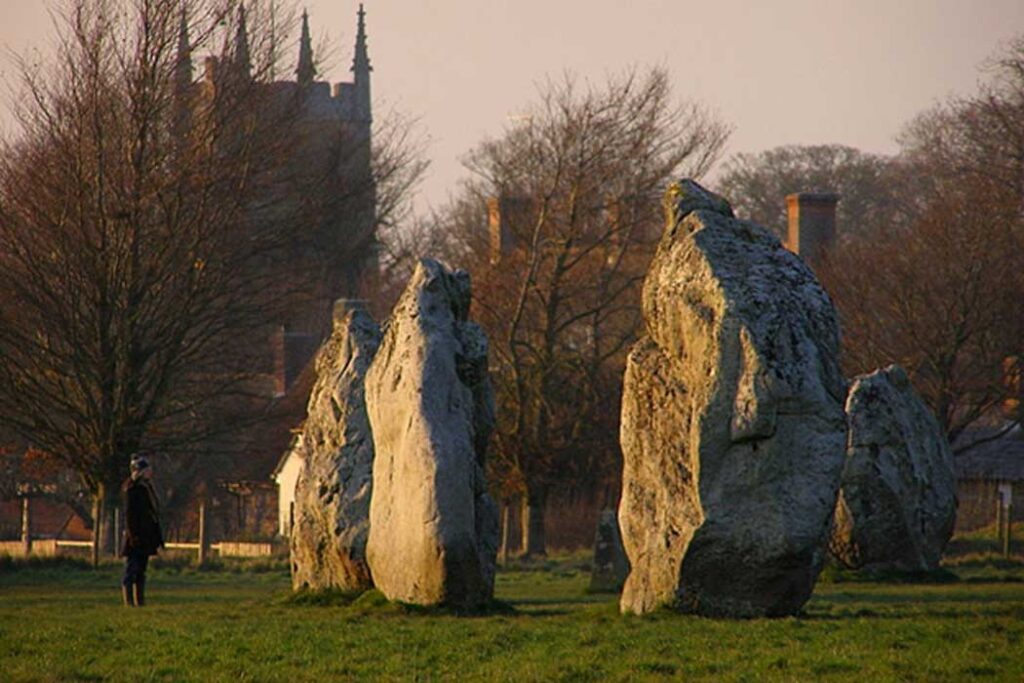Avebury Stone Circle: Ancient Mysticism in Wiltshire
Nestled in the serene countryside of Wiltshire, England, the Avebury Stone Circle is a captivating destination that offers a glimpse into ancient history and mysticism. Unlike its more famous counterpart, Stonehenge, Avebury allows visitors to walk freely among the stones, providing a more intimate experience with these ancient monoliths. This Neolithic site, dating back to around 2600 BC, is part of the UNESCO World Heritage Site that includes Stonehenge and other nearby landmarks. Avebury is not just a stone circle; it’s a village, a landscape, and a journey into the past.
What to See
The Avebury Stone Circle is the largest stone circle in Europe, encompassing a village within its bounds. As you wander through the site, you’ll encounter three stone circles: the outer circle and two smaller inner circles. The outer circle originally consisted of about 100 stones, though many have been removed or buried over the centuries. The inner circles are equally fascinating, with their own unique arrangements and histories.
Beyond the stones, the site includes the Avebury Manor and Garden, a beautifully restored 16th-century manor house with gardens that reflect different historical periods. The Alexander Keiller Museum, located nearby, offers insights into the archaeological significance of the site, displaying artifacts and providing context for the stone circle’s construction and use.
A Bit of History and Interesting Facts
Avebury was constructed during the Neolithic period, around 2600 BC, and is believed to have been a site of religious and ceremonial importance. The purpose of the stone circle remains a mystery, with theories ranging from astronomical observatory to a place of worship. Unlike Stonehenge, which is more structured, Avebury’s layout is more organic, suggesting a different kind of use or significance.
One interesting fact about Avebury is that the stones were buried during the Middle Ages, likely due to religious fervor, and were only rediscovered and re-erected in the 20th century. The site’s rediscovery and restoration were largely due to the efforts of archaeologist Alexander Keiller, who also established the museum that bears his name.
Getting There and Tips for First-Time Visitors
Avebury is easily accessible by car, with parking available at the National Trust car park. If you’re traveling by public transport, the nearest train station is in Swindon, from where you can take a bus or taxi to Avebury. The site is open year-round, and entry is free, though there is a charge for parking and entry to the manor and museum.
For first-time visitors, it’s worth noting that the site can be quite expansive, so comfortable walking shoes are recommended. The village of Avebury itself is charming, with a pub and a few shops where you can enjoy a meal or pick up a souvenir. Guided tours are available and can provide a deeper understanding of the site’s history and significance.
Whether you’re a history enthusiast, a lover of ancient mysteries, or simply looking for a peaceful place to explore, Avebury offers a unique and enriching experience. Its blend of history, mystery, and natural beauty makes it a must-visit destination in the heart of Wiltshire.








